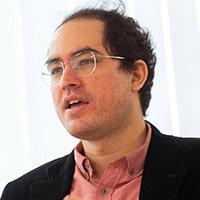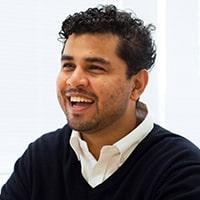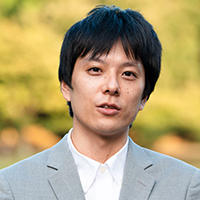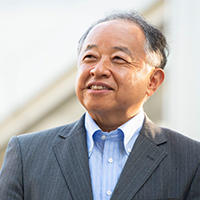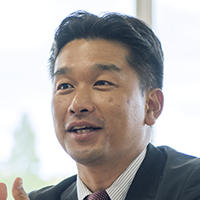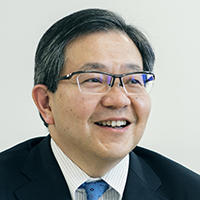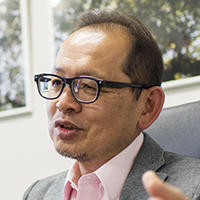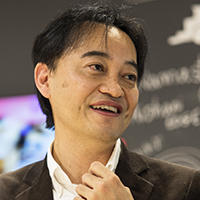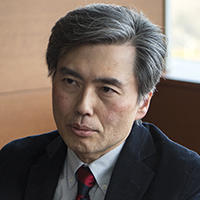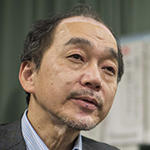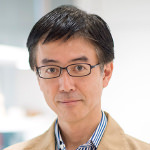Kurt. A. Beiter
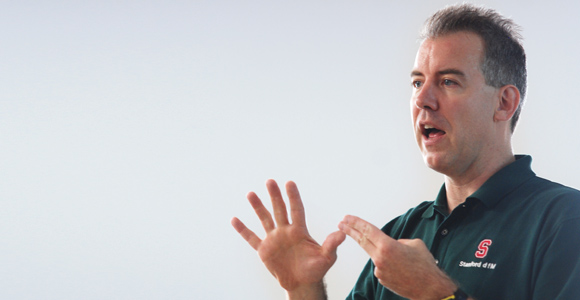
Sustainable, Safe, Secure and
Symbiotic system design.
Kurt. A. Beiter
Acting Associate Professor
Department of Mechanical Engineering, Stanford University
Creative energy
I believe that a key objective of the Keio ALPS program is to enable the students to maximize the results of their creative energy in a team-based environment. The challenge and opportunity is to harness and integrate the widely varying skills, interests, perspectives and passions of individuals towards a common goal. Our job as design "teachers" is to convince the students that they can contribute, and direct the effort in a structured manner towards an emerging "great idea". I am continually amazed at the results of such student design projects both at Keio and at Stanford, and to be honest, my own teaching methods and approaches to solving everyday problems are influenced by my observations of seemingly inexperienced students producing unexpected solutions to real world problems.
Fostering closer working relationships between teacher and students
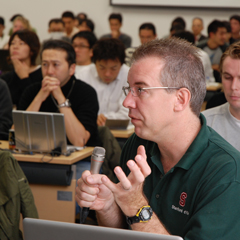 The Japanese have popularized the concept of kaizen--continual improvement--and my personal objective as a teacher is to continually improve the content, delivery, and learning experience for the students. The Keio ALPS program has already demonstrated innovation in terms of integrating both a diverse teaching team and directing diverse student teams. However, I am looking forward to continually improving the performance results of the initial goals of the Keio GCOE mission--Sustainable, Safe, Secure and Symbiotic system design. How do you measure "performance results"? This may include external awards, patentable ideas, ideas resulting in new ventures, or ideas adopted by companies or governmental organizations. How will we improve this? This could be promoted by fostering closer working relationships between teacher and student, even though we may be thousands of miles apart. It may involve closer working relationships between the students and industry or governmental organizations in order to produce more meaningful results. In some sense, we may benefit by applying the Keio ALPS concepts to the course delivery itself as a means of continually assessing and improving our efforts at producing students with world-class problem solving skills.
The Japanese have popularized the concept of kaizen--continual improvement--and my personal objective as a teacher is to continually improve the content, delivery, and learning experience for the students. The Keio ALPS program has already demonstrated innovation in terms of integrating both a diverse teaching team and directing diverse student teams. However, I am looking forward to continually improving the performance results of the initial goals of the Keio GCOE mission--Sustainable, Safe, Secure and Symbiotic system design. How do you measure "performance results"? This may include external awards, patentable ideas, ideas resulting in new ventures, or ideas adopted by companies or governmental organizations. How will we improve this? This could be promoted by fostering closer working relationships between teacher and student, even though we may be thousands of miles apart. It may involve closer working relationships between the students and industry or governmental organizations in order to produce more meaningful results. In some sense, we may benefit by applying the Keio ALPS concepts to the course delivery itself as a means of continually assessing and improving our efforts at producing students with world-class problem solving skills.
Product and process development
I view the Keio SDM ALPS course sequence as an opportunity to improve existing methods and test new methods in product and process development. Each teaching experience provides insight into how to encourage and promote innovation in solving complex problems. And the nature of ALPS itself--bringing together diverse faculty and students--provides an opportunity to foster relationships that may last a lifetime, born out of yes--hard work, but having fun along the way.

